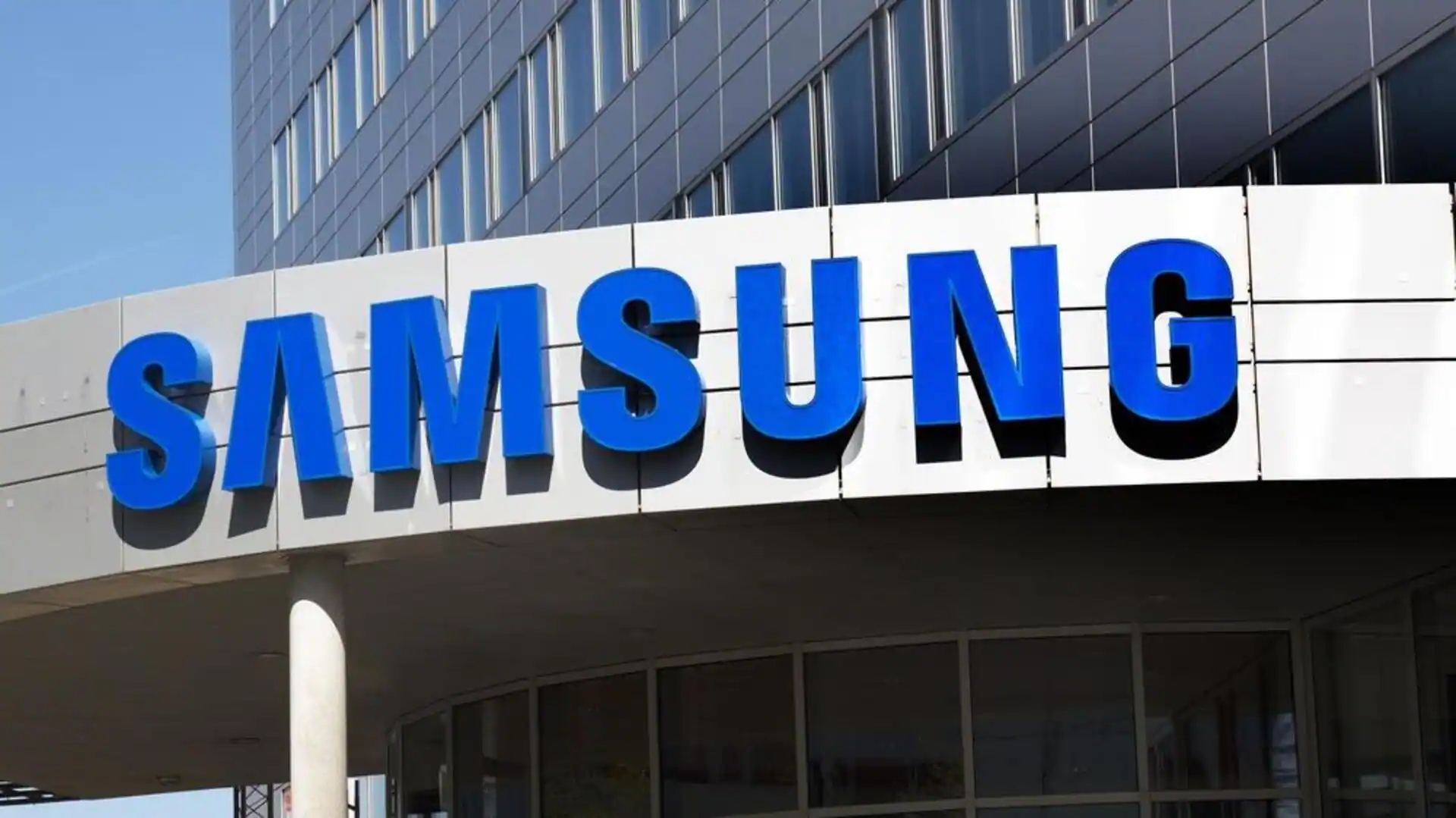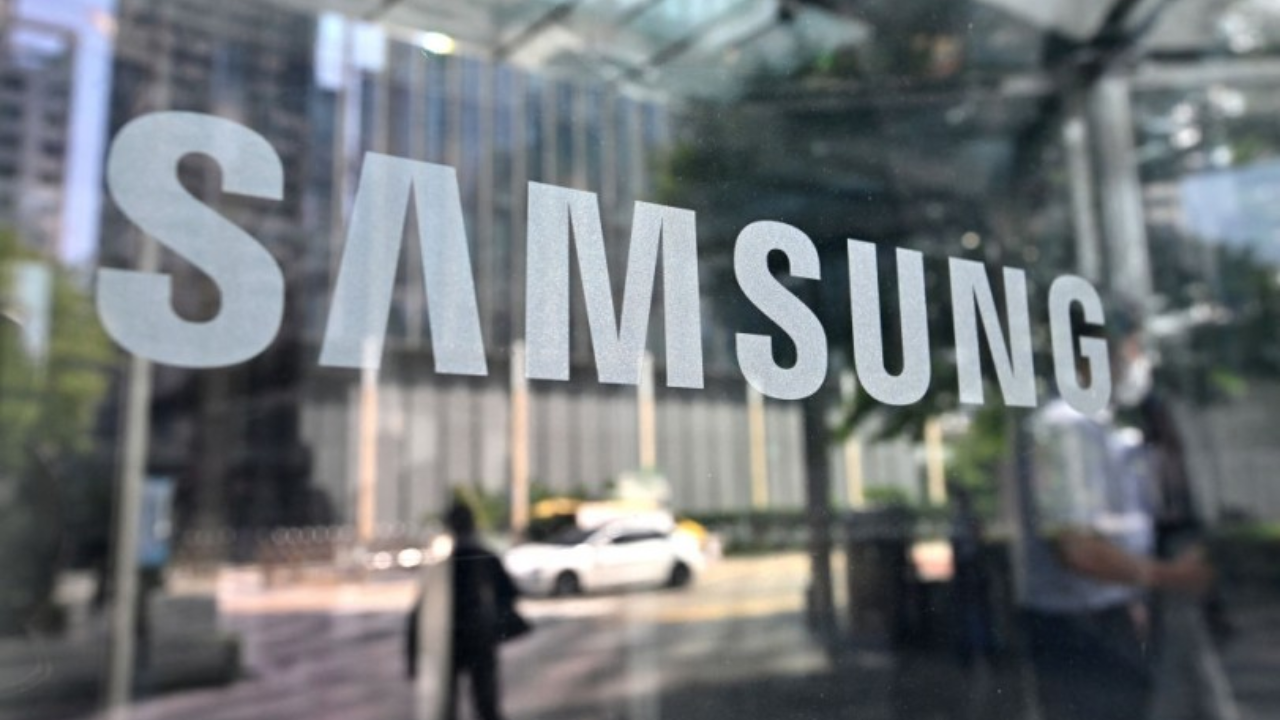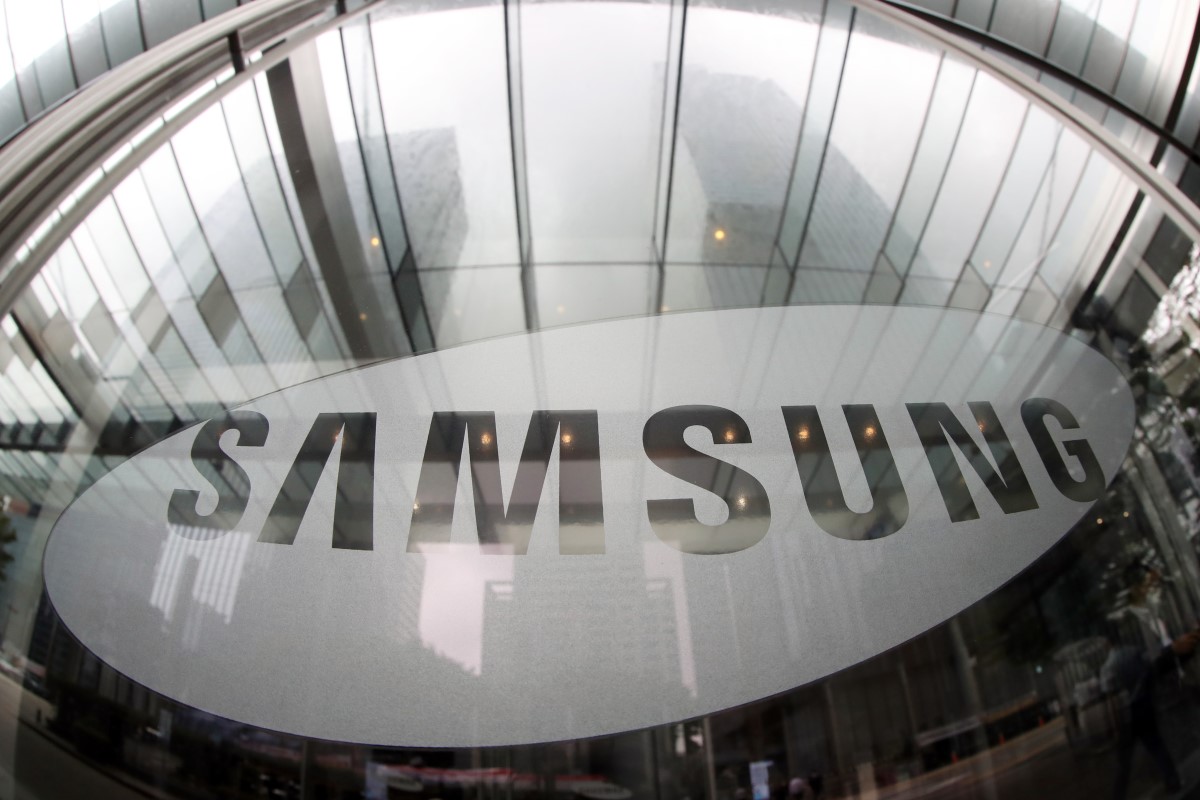In a significant shift in its production strategy, Samsung has decided to outsource a substantial 25% of its smartphone manufacturing to Chinese companies this year. This decision, highlighted by South Korean tech media The Elec and further reported by Android Authority, marks a pivotal change as Samsung seeks to remain a leader in the highly competitive smartphone market.
The Seoul-based electronics giant is turning to several original device manufacturers (ODMs) and joint device manufacturers (JDMs) in China to produce a quarter of its smartphones in 2024. This move is largely motivated by the need to cut production costs and stay competitive, especially in the budget smartphone segment.

The Cost-Cutting Catalyst
Amidst rising production costs and fierce market competition, the company’s strategy aims to leverage lower manufacturing costs in China. By doing so, the company hopes to offer more affordable smartphones to consumers without compromising on technology.
Samsung, which currently holds a leading 20% share of the 2024 smartphone market according to Canalys, is responding to consumer enthusiasm for its Galaxy AI range and other innovations. However, this outsourcing strategy raises questions about the potential impacts on quality and design, areas where the tech giant has traditionally excelled.
#Samsung outsourcing #GalaxyA phones to #Chinese #ODMs #SlashGear @slashgear pic.twitter.com/WWqMDsNGWv
— Darren Culbreath (@darrenculbreath) November 19, 2019
Samsung’s Production Goals and Partnerships in China
Samsung’s ambitious target for this year is to produce 270 million smartphones, with outsourced production accounting for about 67 million units. This marks a significant increase from the 44 million units outsourced last year and is a stark jump from the 6-7% of total production outsourced to ODMs until 2019.

Key Chinese partners such as Wingtech, Hwaqin, and Longcheer are set to play major roles in this strategy. Wingtech alone is expected to produce between 10 and 11 million units, while Hwaqin and Longcheer are projected to produce 5 million and 3 million units, respectively.
Maintaining Quality and Design
While budget models like the Samsung Galaxy A03s, known for their good battery life but criticized for cheaper construction and laggy performance, will be outsourced, the company plans to keep the production of its high-end models in-house. This strategic decision ensures that the brand’s hallmark quality and design standards are maintained for premium products.

Moreover, Samsung is not limiting its outsourcing to China alone. The company will also outsource 28 million units to facilities in Vietnam, handled by Hansol Technics and Dreamtech, which have a history of managing the company’s production demands effectively.
Looking Ahead
As Samsung continues to adapt its strategies in response to global market trends and production challenges, the tech giant’s increased reliance on outsourcing highlights a broader shift in the electronics manufacturing industry. While this approach helps the South Korean Tech Giant stay competitive in pricing, the long-term effects on brand reputation and product quality will be crucial to monitor.
This dynamic shift in Samsung’s production strategy is a clear indicator of the evolving landscapes in global manufacturing and tech industry competitiveness. As we keep a close watch on these developments, stay tuned to Tech Times for the latest updates and in-depth analysis of what these moves mean for the market and consumers.










